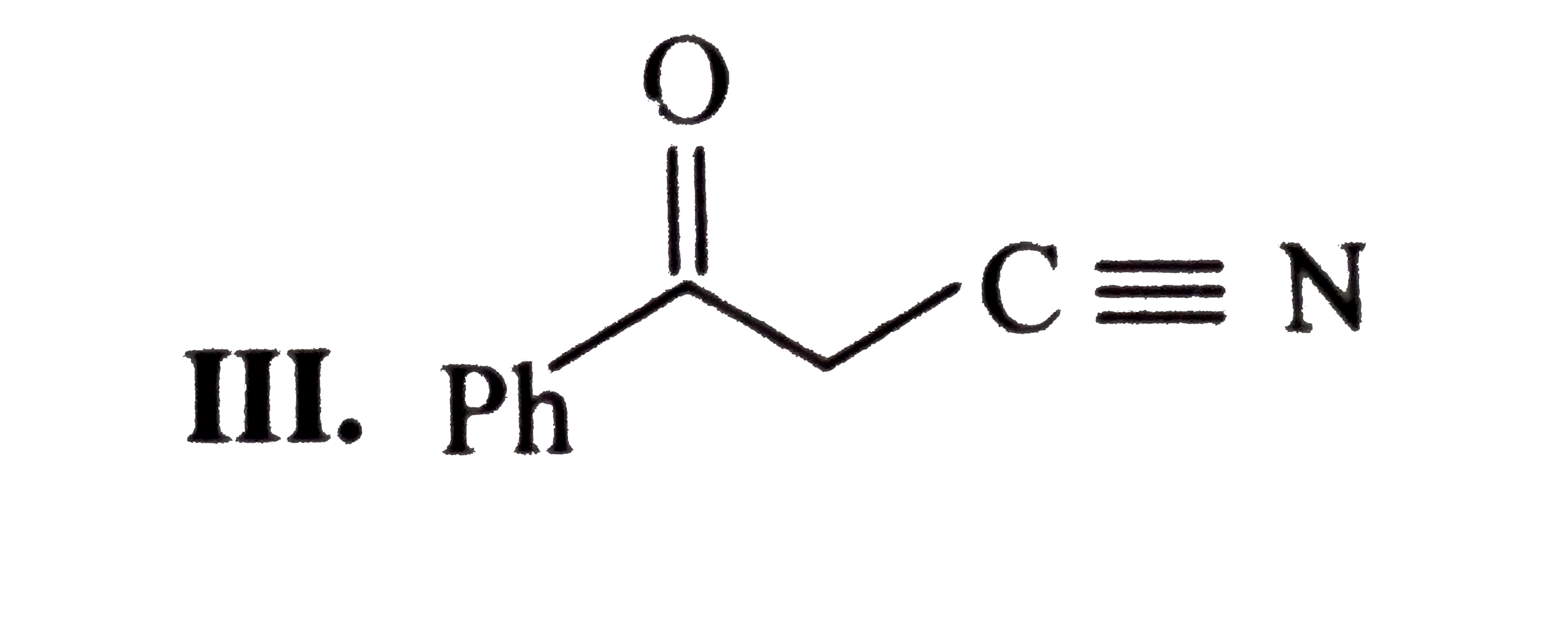Which of the following is correct about bivalent?
(i) Bivalents are tetrads.
(ii) A bivalent means 4 chromatids and 2 centromeres.
(iii) One bivalent consists of 2 homologous chromosomes.
(iv) Bivalents form in zygotene.
i,ii,iii and iv
iii only
iii and iv
iv only
The correct Answer is:A
To determine which statements about bivalents are correct, let's analyze each statement step by step:
1. Statement (i): Bivalents are tetrads.
- A bivalent is indeed a structure that consists of two homologous chromosomes that are paired together during meiosis. Each homologous chromosome is made up of two sister chromatids, resulting in a total of four chromatids. This structure is commonly referred to as a tetrad.
- Conclusion: This statement is correct.
2. Statement (ii): A bivalent means 4 chromatids and 2 centromeres.
- As established, a bivalent consists of two homologous chromosomes, each with one centromere. Therefore, a bivalent has a total of two centromeres and four chromatids (two from each homologous chromosome).
- Conclusion: This statement is correct.
3. Statement (iii): One bivalent consists of 2 homologous chromosomes.
- By definition, a bivalent is formed by the pairing of two homologous chromosomes. Each homologous chromosome contributes one chromatid from each of its two sister chromatids, resulting in the formation of a bivalent.
- Conclusion: This statement is correct.
4. Statement (iv): Bivalents form in zygotene.
- Bivalents form during the zygotene stage of prophase I of meiosis. It is at this stage that homologous chromosomes begin to pair up and form bivalents.
- Conclusion: This statement is correct.
Final Conclusion:
All four statements (i, ii, iii, and iv) about bivalents are correct.
- A bivalent is indeed a structure that consists of two homologous chromosomes that are paired together during meiosis. Each homologous chromosome is made up of two sister chromatids, resulting in a total of four chromatids. This structure is commonly referred to as a tetrad.
- Conclusion: This statement is correct.
- As established, a bivalent consists of two homologous chromosomes, each with one centromere. Therefore, a bivalent has a total of two centromeres and four chromatids (two from each homologous chromosome).
- Conclusion: This statement is correct.
- By definition, a bivalent is formed by the pairing of two homologous chromosomes. Each homologous chromosome contributes one chromatid from each of its two sister chromatids, resulting in the formation of a bivalent.
- Conclusion: This statement is correct.
- Bivalents form during the zygotene stage of prophase I of meiosis. It is at this stage that homologous chromosomes begin to pair up and form bivalents.
- Conclusion: This statement is correct.
All four statements (i, ii, iii, and iv) about bivalents are correct.
Topper's Solved these Questions
- CELL CYCLE AND CELL DIVISIONBook:NCERT FINGERTPS ENGLISHChapter:CELL CYCLE AND CELL DIVISIONExercise:NCERT
Explore 10 Videos
- CELL CYCLE AND CELL DIVISIONBook:NCERT FINGERTPS ENGLISHChapter:CELL CYCLE AND CELL DIVISIONExercise:CORNER
Explore 15 Videos
- CELL CYCLE AND CELL DIVISIONBook:NCERT FINGERTPS ENGLISHChapter:CELL CYCLE AND CELL DIVISIONExercise:MITOSIS
Explore 37 Videos
- CELL - THE UNIT OF LIFEBook:NCERT FINGERTPS ENGLISHChapter:CELL - THE UNIT OF LIFEExercise:Cell - The Unit Of Life
Explore 159 Videos
- CHEMICAL COORDINATION AND INTEGRATIONBook:NCERT FINGERTPS ENGLISHChapter:CHEMICAL COORDINATION AND INTEGRATIONExercise:All Questions
Explore 126 Videos
Similar Questions
Knowledge Check
A bivalent of meiosis i consists of
Atwo chromatids and one centromereBtwo chromatids and two centromeresCfour chromatids and two centromeresDfour chromatids and four centromeres.
Name the stage of cell cycle at which one of the following events occur:
(i) Chromosomes are moved to spindle equator
(ii) Centromere splits and chromatids separate
(iii) Pairing between homologous chromosomes takes place
(iv) Crossing over between homologous chromosomes takes place
View SolutionName the stage of cell cycle at which one of the following events occur:
(i) Chromosomes are moved to spindle equator
(ii) Centromere splits and chromatids separate
(iii) Pairing between homologous chromosomes takes place
(iv) Crossing over between homologous chromosomes takes place
View SolutionWhich one of the following does not exist ?
(i) XeOF4 (ii) NeF2 (iii) XeF2 (iv) XeF6
View SolutionWhich of the following is a covalent solid ?
(i) AF3
(ii) Alcl3
(iii) MgCl2
(iv) BeCl2
View SolutionWhich of the following are correct (B) and (C ) products, respectively ?

I.
II. , III.
, III. 
IV. , v.
, v. 
View SolutionWhich one of the following does not exist ?
(i)XeOF4(ii)NeF2(iii)XeF2(iv)XeF6.
View SolutionWhich of the following is unique to mitosis and not a part of meiosis?
(a) Homologous chromosomes behave independently
(b) Chromatids are separated during anaphase
(c) Homologous chromosomes pair and form bivalents
(d) Homologous chromosomes crossover .
View Solution

